|
Rest days are when you take a break from your regular workout routine and they’re an important part of that routine – you should take rest days on a regular basis, i.e. every week or so. They’re important because they help your body a chance to repair and recover and to help prevent injury. Some of the health benefits:
And for me, the most important part, because this is the one that I know we all forget about (especially me):
And as such, here are a few of the mood and behavioral signs you need a rest day:
You should also take a few days off if you experience:
So, in summary, it’s absolutely true that exercise does put a strain on the body AND the mind, and without rest days, the result is exhaustion, both physical (your body doesn’t have any time to repair itself) and mental, which can increase your propensity to make mistakes and to give up exercise altogether. Continually pushing on without a rest day will eventually lead to failure. Ideas for how to spend a rest day A great idea would be that, because this helps to remove a potential buildup of lactate in your system, and thus helps prevent cramping and fatigue, to do gentle exercises during your rest day(s) like walking and yoga. Personally, I walk my doggo every day, including during rest days and it’s part of my intentions this year to pick up Yoga (Apple Fitness Plus has got awesome beginner classes). Other ideas that may seem obvious but it’s always good to emphasize them just in case
Lastly, you should speak to a doc when you believe you have sustained an injury during exercise, and most importantly if you see that you’re developing an unhealthy compulsion to exercise (that means you have an uncontrollable need to exercise), because compulsive exercising can be associated to eating disorders, perfectionism and personality disorders such as neuroticism (you’re constantly negative and irritable), OCB and narcissism. In Summary:
@philippemora
Always be kind and passionate. 🙏❤️💪🏋️♀️🔥🚀 Well, here’s to starting the new year with a little bit great time running, just a awesome 5K under the rain in Ocean City New Jersey. Loved it! Looking forward to a great year of great fitness progress! @philmora > I work and I workout. Always be kind and passionate. 🙏❤️💪🏋️♀️🔥🚀
Dogs make great running partners! They're enthusiastic and motivated, and they act as a good reminder that you need to get out there and get moving. But the thing is … not all dogs are super ready to run with you, in particular because of all the awesome smells along trails that they’ll stop to check every few feet; or just because they’re not mature and focused enough to be a reliable running partner. So here are a few sure tips I learned along the way to get Fido ready to hit the ground running with you! The basic training First of all, you should understand a little more about your dog’s breed before you run with them. For example, Labradors will have hip issues as they age, so you might want to think about running daily 10Ks with them, maybe think about walking more and running every week instead. In addition, if your dog is too old or too young they might not be able to handle your running program – in fact, if your dog is younger than 18 months you should stick to walking, as puppies’ bones are still developing up to 18 months old and running may have an impact optimal long-term physical integrity. By the way, walking with your young doggo will help built a solid base for a future running program with you. If you’re in doubt, you should go to your vet and ask them all the questions about running with your dog – better be safe with their health than sorry later. For dogs that are 18 months or older, and if your dog is new to running, I would suggest starting slow and build your mileage together, instead of setting out for a 5-mile run right away. How far to run? I’d start with a 10-minute run (you can complete your trail by walking it) and then add 10 minutes each week until you reach your satisfactory training distance. With time, your dog will adapt to your pace. I would also suggest to first alternate walking your trail when your dog can sniff everywhere and mark his territory and run for 10 minutes when no stops are allowed – just be persistent, this is really easier said than done! Just remember that your dog doesn’t know how to be a runner – so it’s your job to teach them, and only with your patience (and also I found that rewards do work here) and time, the two of you will be running side by side at your good pace. And then there is the leash: first and foremost, use a harness. Leashes connected to a collar are barbaric. Second, basically, if your dog already walks nicely, you’ll transition to running with no problemo. But if your dog pulls then this can become challenging: a thing to do that seems to work in this case is to shorten the leash in order to let your dog be exactly by your side. 5K or 10K training with your doggo Before you start anything, if you don’t already know it, try to figure out your average mile time, you’ll get this from any app like Nike Run Club or your apple watch fitness tracking app. Once you have a comfortable pace, take that time and multiply it by the miles to get your run time for a 5K (3.1 miles) or 10K, (6.2 miles). Example: 11-minute mile x 3.1 miles = 34.1 minutes Begin running with your dog 10 minutes every other day for a week. Then, the next week add another 10 minutes to your running time. Continue training every other day. The third week add another 10 minutes. The fourth week add another. Continue this process until you reach your projected time. Once you reach your projected time, keep running with your dog. It will take time and patience to get your pup ready, but with a little guidance and practice you'll end up with one of the best running partners ev-er! Good luck and send me pics and vids! @philippemora > I come from the future.
I work and I workout. Always be kind and passionate. 🙏❤️💪🏋️♀️🔥🚀 Earlier this year, I discussed my first pass thoughts about Whoop and how the tracker is helping me improve my overall fitness by tracking my strain and recovery. Well, after a few months using it, I wanted to share a note on the main OKR that Whoop is tracking: the heart rate variability. I find it an excellent way to track well-being. In the note below, we’re discussing one more time what is heart rate variability and I am also reproducing a post from Whoop on their blog “the locker”, on ways to improve your HRV. It’s a good read! What is HRV? HRV is simply a measure of the variation in time between each heartbeat. This variation is controlled by a part of the nervous system called the autonomic nervous system (ANS). It works regardless of our desire and regulates, among other things, our heart rate, blood pressure, breathing, and digestion. The ANS is subdivided into two large components, the sympathetic and the parasympathetic nervous system, also known as the fight-or-flight mechanism and the relaxation response. The brain is constantly processing information in a region called the hypothalamus. The hypothalamus, through the ANS, sends signals to the rest of the body either to stimulate or to relax different functions. It responds not only to a poor night of sleep, or that sour interaction with someone, but also to the exciting news, or to that a delicious healthy meal. Our body handles all kinds of stimuli and life goes on. However, if we have persistent instigators such as stress, poor sleep, unhealthy diet, dysfunctional relationships, isolation or solitude, and lack of exercise, this balance may be disrupted, and your fight-or-flight response can shift into overdrive. Why check heart rate variability? HRV is an interesting and noninvasive way to identify these ANS imbalances. If a person’s system is in more of a fight-or-flight mode, the variation between subsequent heartbeats is low. If one is in a more relaxed state, the variation between beats is high. In other words, the healthier the ANS the faster we are able to switch gears, showing more resilience and flexibility. Over the past few decades, research has shown a relationship between low HRV and worsening depression or anxiety. A low HRV is even associated with an increased risk of death and cardiovascular disease. People who have a high HRV may have greater cardiovascular fitness and be more resilient to stress. HRV may also provide personal feedback about lifestyle choices and help motivate those who are considering taking steps toward a healthier life. It is fascinating to see how HRV changes as we incorporate more mindfulness, meditation, sleep, and especially physical activity into our lives. For those who love data and numbers, this can be a nice way to track how your nervous system is reacting not only to the environment, but also to your emotions, thoughts, and feelings. 10 Ways to Improve Heart Rate Variability (by Mark Van Deusen, extracts reproduced from the Whoop Blog Here) Healthy behaviors like exercise, hydration and proper nutrition, avoiding alcohol, and getting good quality sleep will all have a positive impact on your heart rate variability. Below we’ll take a deeper dive into each of these, as well as detail several other ways to boost your HRV. 1. Exercise & Train Appropriately. Studies show that regular exercise is one of the best methods for improving your heart rate variability. However, for serious athletes it is also important to avoid overtraining. Strenuous activity reduces HRV in the short term, so it is essential not to consistently take on too much strain without giving your body adequate time to recover. Here’s a more detailed explanation of intelligent HRV training. 2. Good Nutrition at the Right Times. It’s no surprise that a smart and healthy diet will benefit your HRV, but something many of us may not realize is that the timing of your food intake can affect it as well. Your body functions better when it knows what’s coming and regular eating patterns help maintain your circadian rhythm. Additionally, not eating close to bedtime (within 3-4 hours) will improve the quality of your sleep by allowing your body to focus on other restorative processes instead of digestion. 3. Hydrate. Your level of hydration determines the volume of your blood, and the more liquid you have in your system the easier it is for blood to circulate and deliver oxygen and nutrients to your body. Drinking close to an ounce of water per each pound that you weigh is a good daily goal. On average, when WHOOP members log that they are sufficiently hydrated their HRV increases by 3 milliseconds. 4. Don’t Drink Alcohol. We’ve found that when WHOOP members report consuming alcohol, their HRV drops by an average of 22 milliseconds the next day. Additionally, our research has discovered that the lingering effects of alcohol in your system may continue to suppress your heart rate variability for 4-5 days. 5. Sleep Well & Consistently. Getting all the sleep your body needs is a great start, but equally as important is making an effort to go to sleep and wake up at regular times each day. Sleep consistency will boost your HRV by helping to sustain your circadian rhythm, and also enables you to spend more time in REM and deep sleep. 6. Natural Light Exposure. Going outside in the sunlight after waking up in the morning and watching the sky change from light to dark in the evening trigger biological processes involved with regulating sleep/wake times (see sleep consistency above), energy levels and hormone production. This will also improve alertness, mood and vitamin D production. 7. Cold Thermogenesis. Exposing your body to cold temperatures for brief periods of time (cold showers, ice baths, etc.) will stimulate the vagus nerve, which activates the parasympathetic branch of your autonomic nervous system and controls heart rate variability. 8. Intentional Breathing. Studies indicate that slow, controlled breathing techniques can positively impact your HRV. They will also help to combat stress, which has been shown to inhibit heart rate variability. Learn more here about breathing methods and how they work. 9. Mindfulness & Meditation. Anecdotally, many WHOOP members have reported that practicing mindfulness and/or meditation has led to improvements in HRV. As with slow breathing techniques, both will help you reduce stress. In fact, even dedicating just one minute per day to mindfulness exercises can have real benefits. 10. Gratitude Journaling. The act of writing down things you’re thankful for each day can elicit a corresponding uptick in heart rate variability. It is also linked to lower blood pressure and decreases in stress hormones. For more on this, take a look at “Self-Rule” Choices to Increase your HRV and Immunity. @philippemora > I come from the future.
I work and I workout. Always be kind and passionate. 🙏❤️💪🏋️♀️🔥🚀 In addition to practicing meditation with Headspace, I recently started a gratitude journal. Why? Because it’s not enough to decide to be grateful, we also have to actively practice and train (like everything else actually) to make sure that those simple daily acts of gratitude truly have an impact on health and happiness. The practice of gratitude journaling actually achieves just that, and it can only take a few minutes a day (or more if you feel inspired!) What is a gratitude journal? In essence, a gratitude journal is a tool to keep track of the good things in life, because no matter how difficult and defeating life can sometimes feels, there is always something to be grateful for. And in addition, regularly journaling the good things can help prepare and strengthen us to deal with the rougher patches when they do show up. To get started, we just write down the things we’re grateful for on a daily basis, for example:
It basically is that easy. But we might be wondering, how does this practice do for us? The benefits of a gratitude journal There are good benefits of being grateful in general (I have discussed this here a few years ago) but here are a few benefits that people have noticed when practicing regular gratitude journaling:
In addition, gratitude journaling can provide a sense of context and interconnectedness. It can remind us how things in life are connected to one another, and guide us to one of those rare moments in which we truly recognize that the world is so much bigger than us, yet we are grateful just to be a small part of it. Ideas for items in a gratitude log Of course, a gratitude journal is a personal endeavor that must be unique to us and our life, however If you’re stuck at the start, at least a few of these prompts should be able to kickstart your gratitude creativity:
In conclusion, if you feel thankful, write it down: it’s good for your health! There's a growing body of research on the benefits of gratitude, as studies have found that giving thanks and counting blessings can help us sleep better, lower stress and improve interpersonal relationships. It's one of the practices that really wins out from the field of positive psychology, because it takes very little time, and the benefits are so powerful. @philippemora > I come from the future.
I work and I workout. Always be kind and passionate. 🙏❤️💪🏋️♀️🔥🚀 Is there some truth in contemplative neuroscience? Apparently yes, as more and more research by psychologists and neuroscientists shows. As part of my training, I am meditating every day using my fave app Headspace (I wrote about it here) so I can tell about the positive effects especially after a such a transformative year 2020, but in reading this research paper, there is a lot more that can be shared!
This note was inspired by Greater Good, the online magazine of UC Berkeley’s Greater Good Science Center, here. @philippemora > I come from the future.
I work and I workout. Always be kind and passionate. 🙏❤️💪🏋️♀️🔥🚀 |
Weights, Track, music, PLACEs. Always be kind and passionate.
|


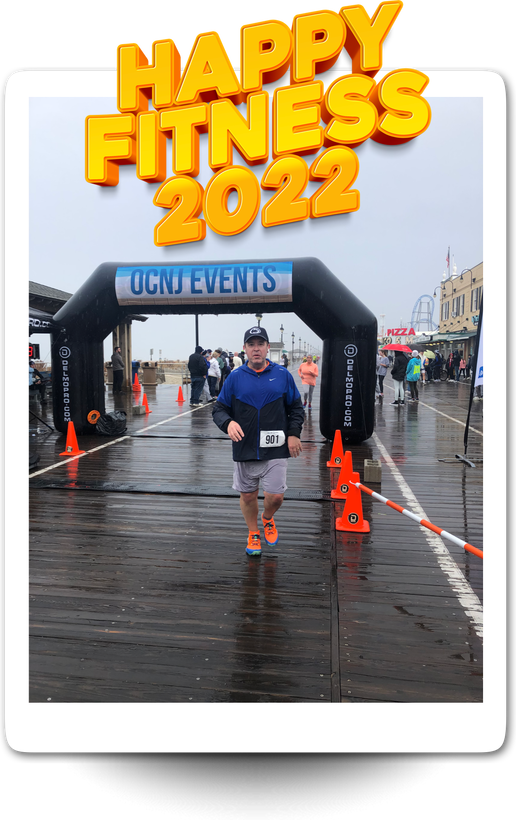


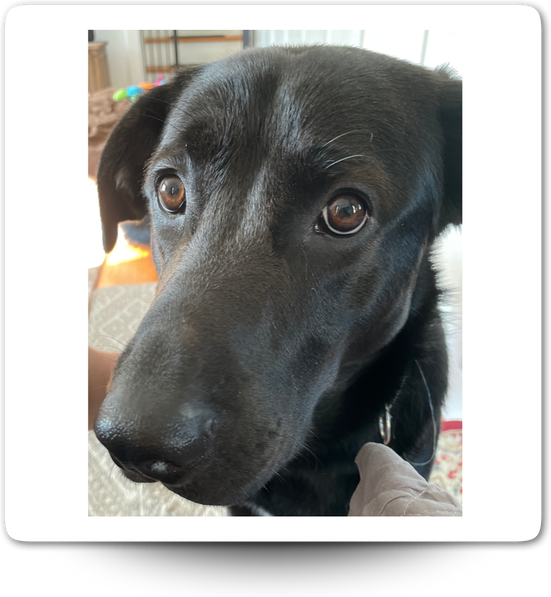
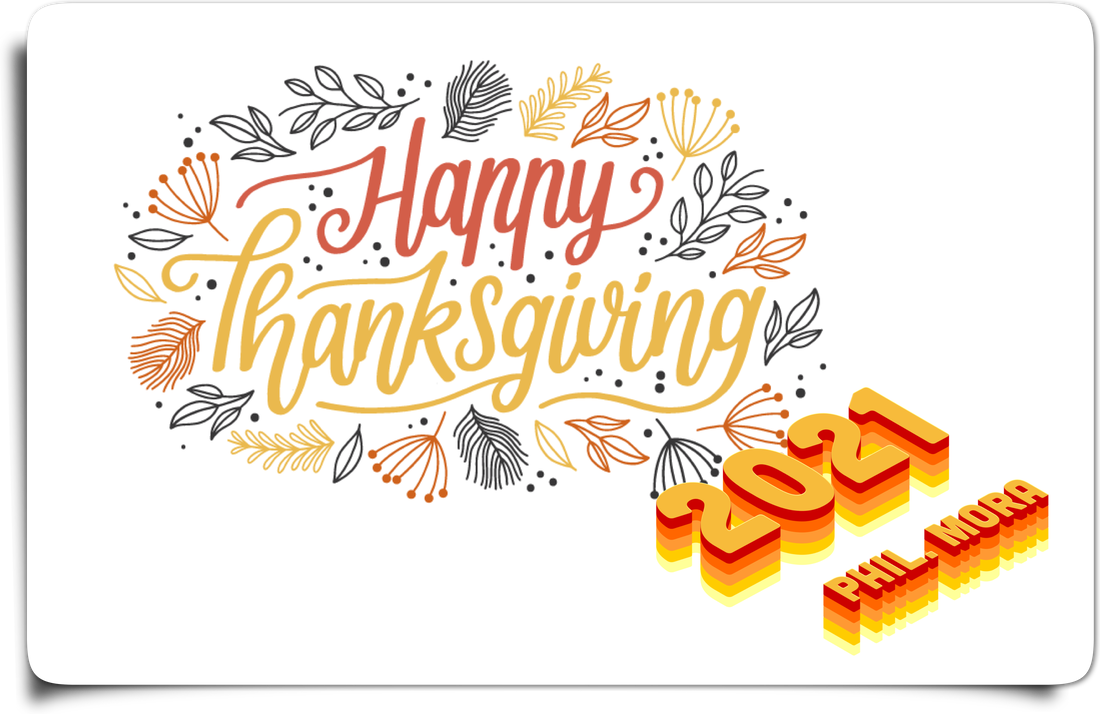
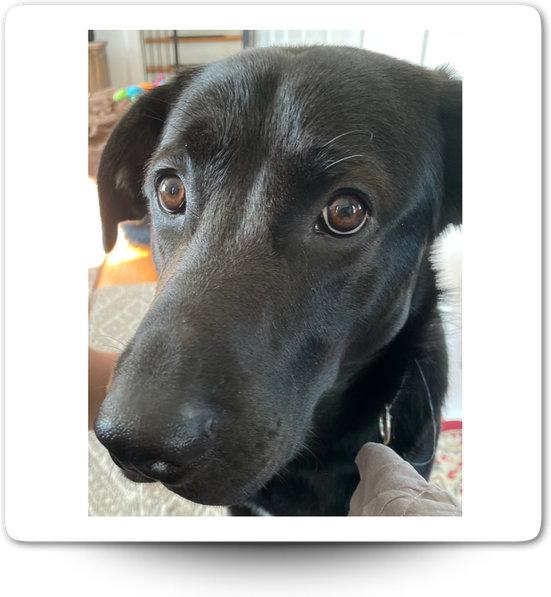

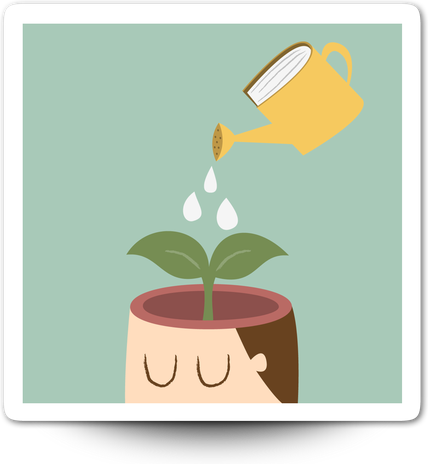


 RSS Feed
RSS Feed